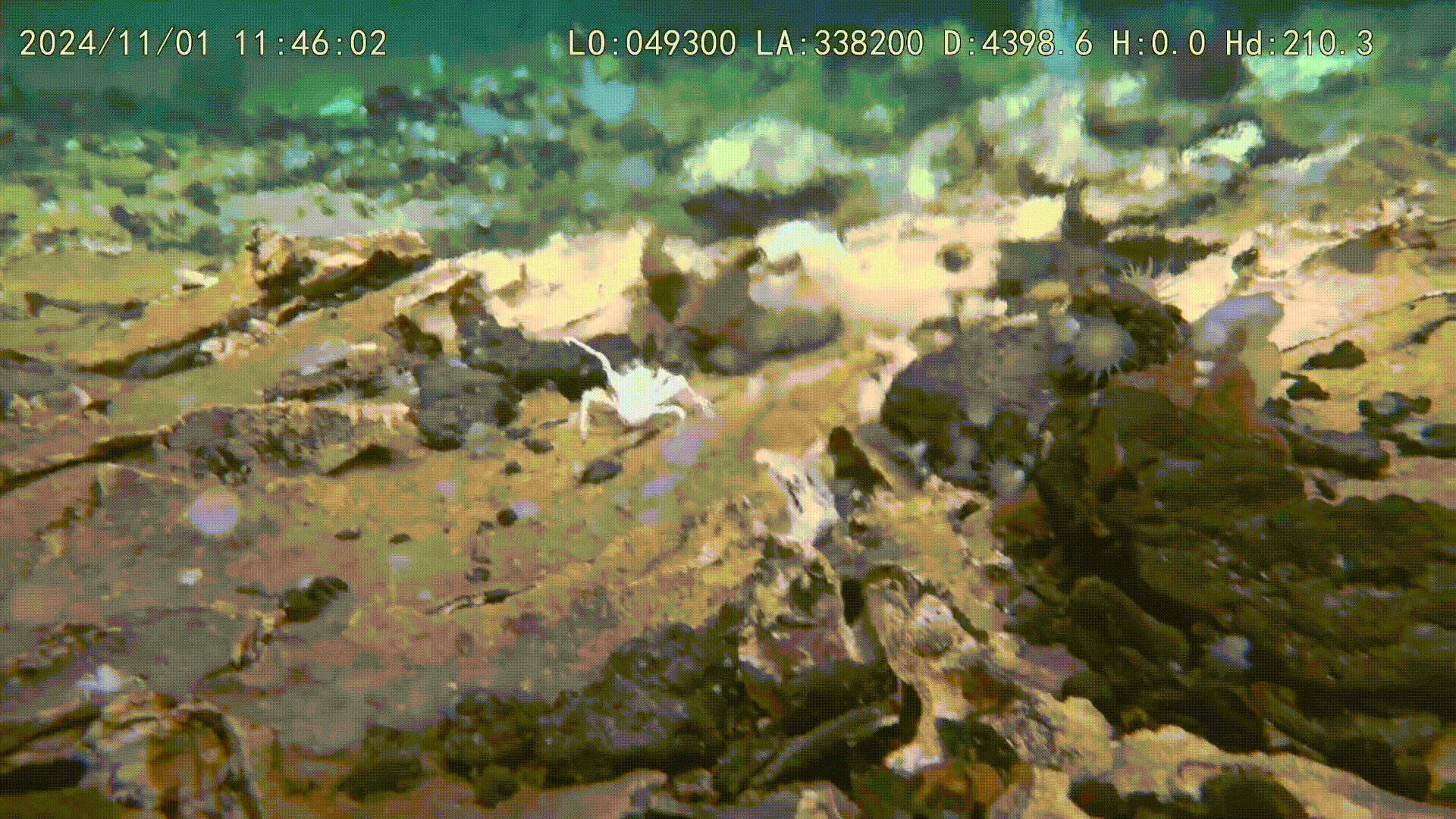Herpes Virus Weak Point Could Lead to Treatment

As the herpes virus spreads and produces cold sores on the skin, it goes through a "bottleneck" of sorts — which could mean the virus is vulnerable to treatments at this stage, a new study suggests.
The researchers looked at the herpes simplex virus type 1 (HSV-1), which many people become infected with during childhood. HSV-1 hides inside nerve cells, and can remain dormant for years, before making its way into skin cells and producing a cold sore.
The researchers found that although hundreds of virus particles may be lying dormant inside the nerve cells, just one or two make the trip to spread to a skin cell, said study researcher Lynn Enquist, a professor of molecular biology at Princeton University in New Jersey. Once inside a skin cell, the virus then multiplies and spreads to other skin cells, creating a cold sore.
This bottleneck could be "a point where the infection is more susceptible to drug treatments, if we had them," Enquist said. However, the study was conducted using cells in lab dishes, so more research is needed to confirm the same thing happens in animals and people. It's too early to say how it could translate to treatments, he said.
Currently, there is no way to cure an HSV-1 infection. While anti-inflammatory drugs can temporarily relieve symptoms, they don't target the virus itself. (HSV-1 can also cause genital herpes, though most cases are caused by the related virus, herpes simplex virus type 2.)
The findings also shed light on why herpes virus is such an efficient pathogen — only the fittest viruses spread from the nerve cells to the skin surface, which can then spread to other people. Flawed virus particles would be unlikely to survive this journey, Enquist said.
The researchers suspect their findings may apply to viruses that are similar to HSV-1, such as chickenpox, but more research is needed to confirm this.
Get the world’s most fascinating discoveries delivered straight to your inbox.
The study was published Oct. 16 in the journal Proceedings of the National Academy of Sciences.
Pass it on: Just one or two virus particles are needed for herpes virus to spread into skin cells and cause cold sores.
Follow Rachael Rettner on Twitter @RachaelRettner, or MyHealthNewsDaily @MyHealth_MHND. We're also on Facebook & Google+.

Rachael is a Live Science contributor, and was a former channel editor and senior writer for Live Science between 2010 and 2022. She has a master's degree in journalism from New York University's Science, Health and Environmental Reporting Program. She also holds a B.S. in molecular biology and an M.S. in biology from the University of California, San Diego. Her work has appeared in Scienceline, The Washington Post and Scientific American.
